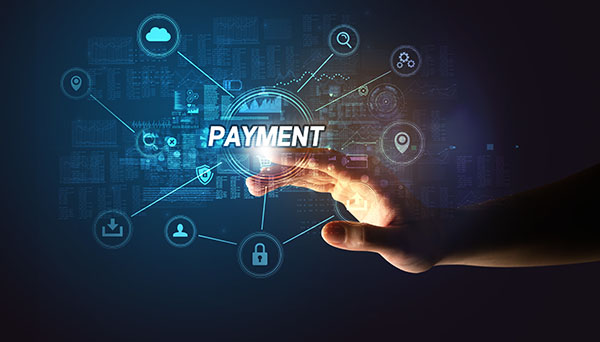It is easy to think that with the paperless or cardless monetary systems that have come up, security measures should also be tight. However, this is not entirely true. Mobile money transaction is still at risk of theft, fraud and chargebacks. Debit cards are especially at the highest risk of theft during mobile payment transactions. This was confirmed by a survey back in 2018, done by the Information Systems Audit and Control Association (ISACA).
A lot of people do not fully trust technology where you can bank with a single device accessing all your accounts and info. So how can you fully secure mobile banking? Here are some of the ways.
Tokenization
Tokenization is one way of securing your credit card information. You see this process replaces credit card information with algorithmically generated series of numbers or numbers and letters which are known as token.
This process is quite safe since the owner`s actual credit card information is hidden to the merchant and the mobile payment provider. It is one of the safest options for protecting cardholders against hackers as it is mathematically irreversible. Therefore, the only information a hacker will see is a bunch of random numbers and letters which are useless.
Here are some mobile banking apps that use tokens.
- Apple Pay – Immediately the user adds a card to his or her mobile wallet, apple encrypts the card`s details sending the information to the bank e.g. Visa or American express. They do not store any original information on credit or debit cards.
- Google Pay – This app is similar to Apple Pay. The app does not save the user`s credit or debit card information.
- Samsung Pay – For Samsung, they have an additional service known as KNOX which monitors malicious activities.
Adopting The Fingerprinting Technology
Nobody in this world shares a fingerprint pattern with the other. Not even identical twins. Introducing fingerprinting devices to mobile banking would be a boost to security. This technology adds a new way or dimension of managing mobile banking by adding signals like location, device type, IP address and even time and day.
Some mobile manufacturing companies have opted to have built-in fingerprinting technology which is compatible with their respective mobile banking services. For example, Samsung.
End-To-End Encryption.
End to end encryption is the perfect solution for big business transactions (businesses that involve the exchange of sensitive data worth billions of dollars); especially if the transaction is through mobile banking wallets, their information is at risk of hackers.
This technology automatically runs security audits and penetration tests looking for security breaches, ensuring more security.
Offer Real-Time SMS Text Or Email Alerts
Someone using mobile banking definitely has access to SMS services if not email services. Sending a notification or an email alert to the user would greatly reduce the chances of the user been hacked or conned. Email alerts could also assist in showing the user where somebody (location-wise) tried to access his or her banking information. This goes a long way in preventing fraud.
Some mobile banks go ahead and let you know how much money was used or withdrawn and demand clarification if you are the true owner especially if its large sums of money.
